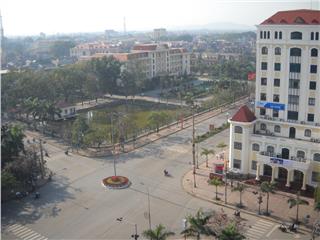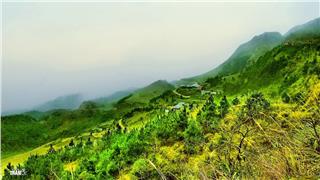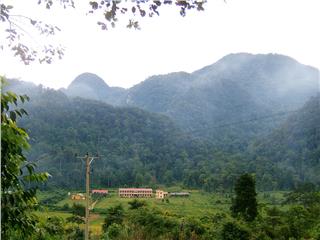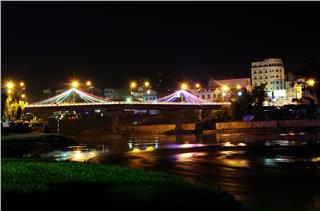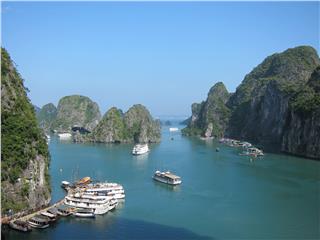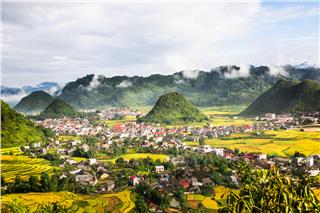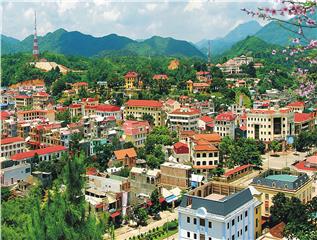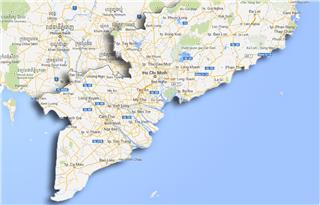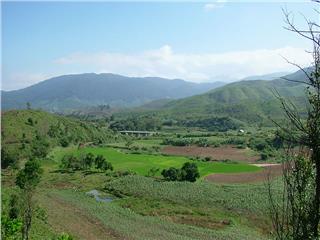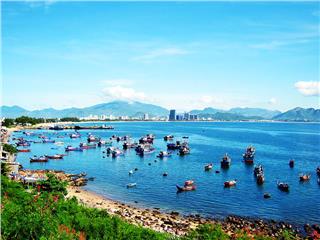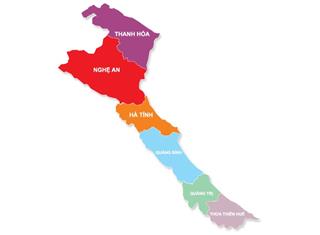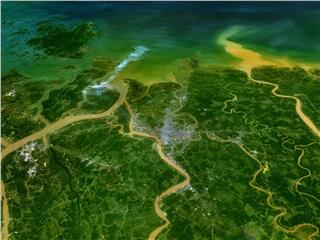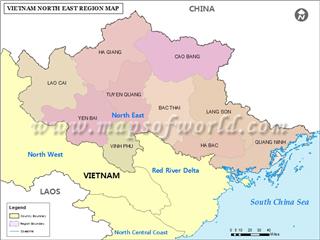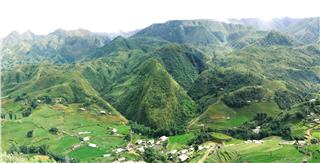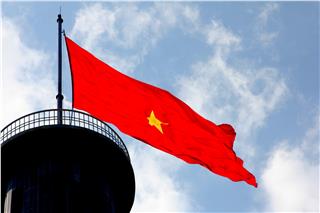Thai Nguyen is a province in northeast Vietnam, adjacent to Hanoi and located in Hanoi Capital Region. Thai Nguyen is a big economic and social center of the region in particular and the Northern midland and mountainous region in general.
Thai Nguyen is a province in the Northeast Vietnam, the gateway connecting Viet Bac to the North Delta and is defined as the center of Northeast provinces. It has many revolutionary historic relics and scenic spots along with the favorable geographical location for tourism development of the province. In recent years, with the socio-economic development of the whole country, the province's socio-economy is gradually developed and stabilizes, political security and social order and safety are maintained; the spiritual life the spirit of the people is gradually improving. Thai Nguyen province was re-established in January 1st, 1997 with the separation of the province into two provinces, namely Bac Kan and Thai Nguyen. Thai Nguyen is regarded as the third center for training of human resources after Hanoi and Ho Chi Minh City.
Geography
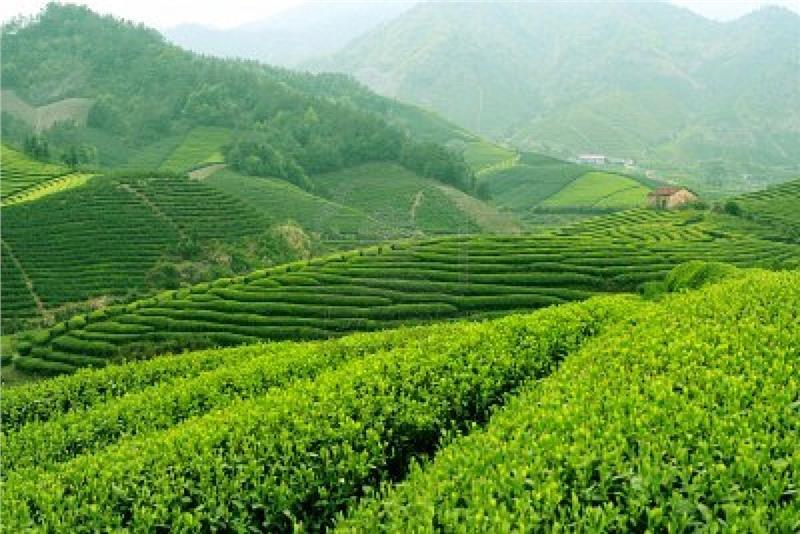
Thai Nguyen province has an area of 3.562,82 square meter, borders Back Kan in the north, Vinh Phuc and Tuyen Quang in the west, Lang Son and Bac Giang in the east and Hanoi in the south. It is located about 50km away from Noi Bai International Airport, 200km from the border with China, 20km from the city center of Hanoi and 200km far from Haiphong port. With its geographical position as a centers of politics, economy and education of Viet Bac in particular and Northern midland and mountainous region in general, Thai Nguyen is the gateway to economic - cultural exchange between the midland and mountainous region with the North Delta.
Northwest of Thai Nguyen was formed the most early, under the Calendonia orogenetic cylce begun 480 million years ago and finished in Paleozoic era about 225 years ago. The remaining area of Thai Nguyen has younger geological history. Most Thai Nguyen territory began to be formed 240 million years ago and ended 67 million years ago, lasting about 173 million years. After finishing formation (67 million years ago), Thai Nguyen territory today exists under the regime of continuous continent 50 million years. At this time, Thai Nguyen terrain was flattened, and it becomes a plateau as today.
Thai Nguyen topography has many high mountain ranges running the north-south direction and lower down to the south. The structure of the northern mountainous region is mainly strongly weathered, forming many small caves and valleys. The southwest is Tam Dao mountain range running along the Van Lang plateau and Dai Tu paddy fields. Thai Nguyen is a midland province, but the terrain is not very complicated compared to the other midland and mountainous provinces, this is one of favorable conditions for farming, forestry and social-economic development.
Located in the sub-region climate, but due to the topography, Thai Nguyen climate is divided into three distinct areas. The average temperature is 25 degree Celsius, the difference between the hottest month (June 28,9 ° C) and the coldest month (January 15,2 ° C) is 13,7° C. Thai Nguyen climate is divided into 2 distinctive seasons, the rainy season starts from May to October and the dry season is from October to May. The annual average rainfall is about 2,000 t0 2,500mm. Generally, the climate of Thai Nguyen facilitates the development of agriculture and forestry.
History
After the August 1945 Revolution had succeeded, the Democratic Republic of Vietnam launched, Thai Nguyen town was the center of Thai Nguyen province. Under the decision No. 114 / CP dated October 19th, 1962 of The Prime Minister, Thai Nguyen town was upgraded to become Thai Nguyen City, Thai Nguyen Province, with a total natural area of more than 100 square kilometers and the population of about 60,000 people.
To meet the requirements of socio-economic development, defense capabilities under the decision dated April 21st, 1965 of the National Assembly of the Democratic Republic of Vietnam, from July 1, 1965, two provinces of Thai Nguyen and Bac Kan were merged into Bac Thai province and Thai Nguyen city was the center of Bac Thai. By decision dated November 6, 1996 of 9th National Assembly, Since January 1st, 1997, Bac Thai was divided into two provinces of Thai Nguyen and Bac Kan, Thai Nguyen city is the provincial capital of Thai Nguyen province.
Economy
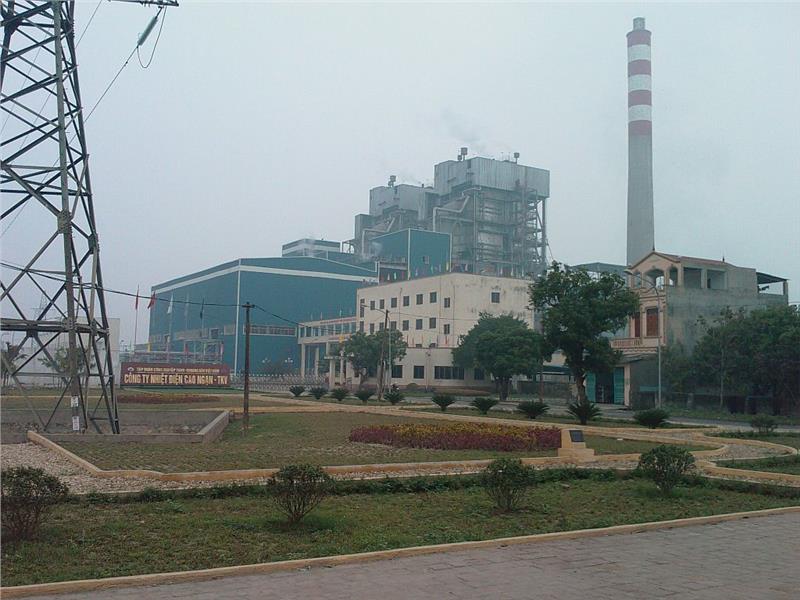
Thai Nguyen is located in the North midland and mountainous region, a region considered the poorest and least developed in Vietnam. Although, Thai Nguyen economy is gradually moving to industrialization and modernization, the share agriculture is decreasing.
Thai Nguyen Iron and Steel consortium was established in 1959. Thai Nguyen is the first and only place in Vietnam has combined production line closed from iron mining to iron production, steel billets and steel mill. In addition, Thai Nguyen province is also planning a number of industrial clusters in many localities in the province. By the end of 2010, there were 18 industrial clusters approved detailed plan with an area of 620 hectares (6.2 km²), of which the industrial area is 407.6 ha (4.076 km²).
Thai Nguyen has abundant mineral resources of categories, a major competitive advantage on the development of metallurgical industry and mining. Thai Nguyen province has the second large coal reserve in the country about 105 million tons, ferrous metals with tin, lead, zinc, tungsten, gold, copper, nickel, and mercury...
The economic structure of Thai Nguyen is also shifted towards increasing the proportion of industry-construction and service and reducing the proportion of agriculture and forestry in GDP. In the ranking of the provincial competitiveness index of Vietnam in 2011, Thai Nguyen ranked 57th among 63 provinces and cities of Vietnam. In 2012, Thai Nguyen ranked 17th. In March 2012, Samsung Company officially celebrated the launch of "High-tech Zone Complex" in Pho Yen district with the total initial investment of 2 billion US dollar, expected to put into operation with a capacity of appropriately 100 million units per year. The economic growth rate in 2014 reached 18,6%, an increase of 3,6%, the industrial output value of 160 trillion, increasing 530%, per capita income reached 38 million dong, up 8,6%the poverty rate reduced 2,43%.
Administration - Polistics
Thai Nguyen province is divided into 1 city, 1 town and 7 districts. The administrative units are divided into 180 communal administrative units including 125 mountainous communes and the rest of the lowland and midland. Like other Vietnam provinces and cities, The People's Council of Thai Nguyen is the agency of state power in the province elected by local people. This is the agency of state power in the city. People's Committee is the executive body of the People's Council and state administrative agencies in the city, which is responsible for implementation of the Constitution and law, documents of Vietnam Government and conference decisions of the municipal People's Council.
People
According to the Statistical Yearbook 2010, Thai Nguyen population is 1.131,300 people, of which there are 558,900 male accounting for 49.4% and 572,400 female accounting for 50.6%. The sex ratio of the province is 97.6/100. Unlike other provinces in Northern midland and mountainous region, appropriately 73.1% of Thai Nguyen people belong to the Kinh ethnic group. The proporton of Kinh people is higher in the city than in Song Cong town and southern districts such as Pho Yen and Phu Binh, as well as areas along the national highways and towns in the remaining districts. Thai Nguyen population is unevenly distributed, highlands and mountains are sparsely populated, whereas in urban areas and plains are dense population.
The province currently has 46 out of 54 ethnic peoples living in Vietnam, of which Kinh, Tay, San Diu, San Chay, Dao, H'mong, Hoa are the 8 most populous ethnic groups. Kinh, Tay, San Diu, San Chay, Dao, H’mong, Hoa.
Language
As mentioning above, the Kinh people cover the majority of Thai Nguyen population, so the Vietnamese is the official language of Thai Nguyen. In addition, there are languages of the ethnic minorities as Tay, San Diu, San Chay, Dao, H’mong, and Hoa…
Culture
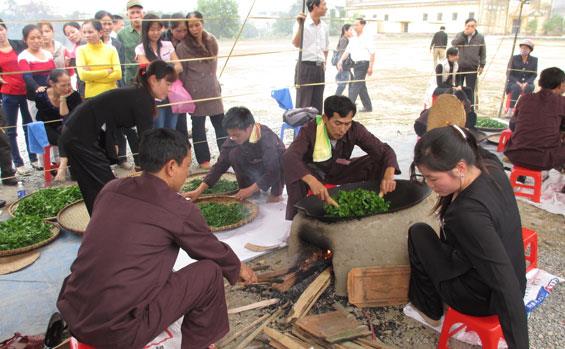
Thai Nguyen is one of the provinces having many ethnic groups, so Thai Nguyen culture is extremely unique and rich culture. Currently, the province still preserves the unique festivals and cultural genres such as legends, myths, and folk singings (Then singing, Gau Penh, Soong Co, etc.). Coming to Thai Nguyen, tourists will have the chance to learn about diverse cultural features from architecture, cuisine, and costume to festival, worship, funeral, wedding customs, etc. of each ethnic group.
Society
Thai Nguyen is regarded as the third large center for training of human resources after Hanoi and Ho Chi Minh City. Thai Nguyen University is a regional university of the North midland and mountainous region founded in 1994. Total number of students of the province is estimated at over 150,000 people. Besides, Thai Nguyen province has 10 other colleges, such as Thai Nguyen College of Economics and Finance, College of Trade and Tourism, Thai Nguyen Medical College... and many educational institutions.
In term of health, according to statistics in 2010, Thai Nguyen has 1 hospital under the Ministry of Health along with 15 hospitals under the provincial health department, 13 regional clinics and 180 commune health stations.
Tourism
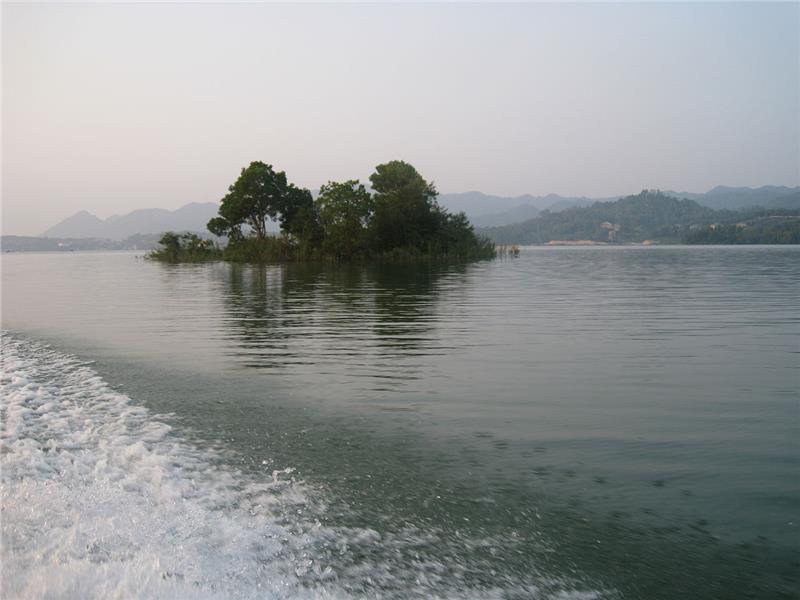
Thai Nguyen is dubbed as a Halong on the green paddy fields. Limestone mountains are covered by forest canopies, so the landscape becomes more mysterious, exotic and wild with many caves such as Phuong Hoang (Phoenix), Nguoi Xua cave, Mo Ga stream, Mua Roi Waterfall (Vo Nhai) or seven-storey waterfall in Dinh Hoa... Thai Nguyen also includes the eastern slope of massive Tam Dao mountain range that has immense Tam Dao National Park creating the potential for Thai Nguyen tourism development. Located about 15km far from the center city of Thai Nguyen to the southwest, Nui Coc Lake is known for natural beauty and the legendary love of Cong and Coc.
Coming to Thai Nguyen is going to the spiritual and cultural space. Thai Nguyen has 780 monuments including 12 archaeological monuments, 479 historical relics, 16 architectural ones, 225 religious places and 40 scenic spots. At present, there are 33 relics ranked "National Historic - Cultural Relics" such as Den Duom (Phu Luong) associated with the names hero Duong Tu Minh under Ly Dynasty, Van and Vo mountain (Dai Tu) associated with the celebrity Luu Nhan Chu (the 15th century), historical relics of the Thai Nguyen uprising 1917.
Being known as “the capital of resistance”, Thai Nguyen currently keeps the population of historical relics including Khau Ty, Tin Keo, Diem Bac, and Phu Binh… Therefore visiting to Thai Nguyen, tourists will have the opportunity to learn about the revolutionary history in the French resistance of Vietnam. Traveling Thai Nguyen, tourists cannot ignore the Museum of the Cultures of Vietnam’s Ethnic Groups. Located in the center of Thai Nguyen, about 80km from the north of Hanoi, the Museum of the Cultures of Vietnam’s Ethnic Groups keeps lively tangible and intangible objects of traditional culture and revolutionary struggle history of ethnic groups in Viet Bac.
Festival
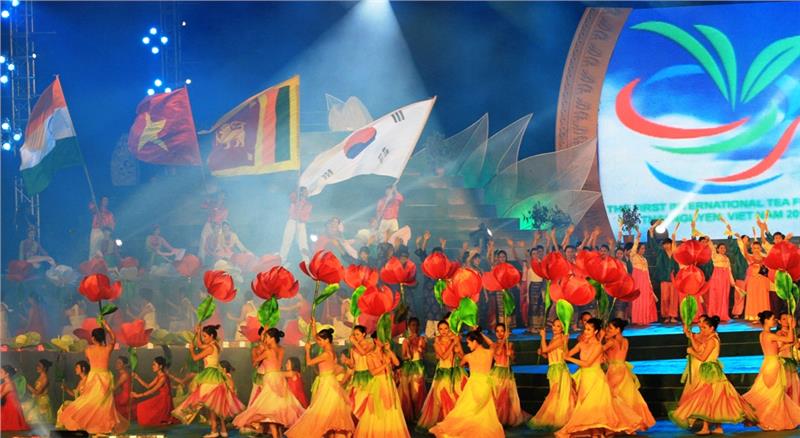
Visiting Thai Nguyen in spring, tourists can participate in many unique festivals of this province such Long Tong festival of Tay, Nung ethnic people, Thanh Ninh wrestling (Phu Binh), Den Duom festival, Phuong Do, Chua Hang, so on.
On of the famous festivals in Thai Nguyen is Chua Hang festival taken place on 14th January at Dong Chua village, Cho Chu town, Dinh Hoa district, Thai Nguyen. This is a unique spring festival of ethnic groups in Dinh Hoa to express the gratitude towards the Heaven, pray for good weather, prosperity, happiness, lush vegetation.
Tong Ngong festival is the traditional festival bearing the cultural identity of Tay ethnic people in Dinh Hoa district, Thai Nguyem in particular and Viet Bac provinces in general. The festival is usually held on the first day of the New Year in the largest and most beautiful piece of fields to pray for good weather, lush vegetation, abundant crops, and prosperous life. Tong Ngong festival is one of the famous Thai Nguyen festivals.


